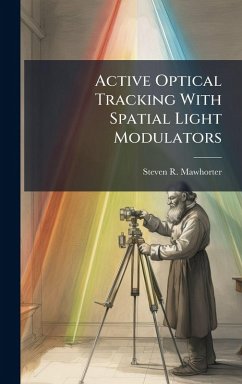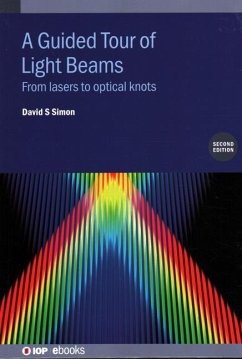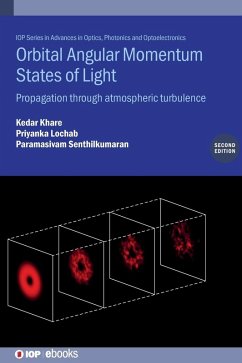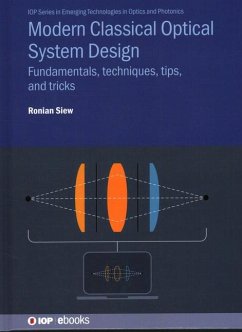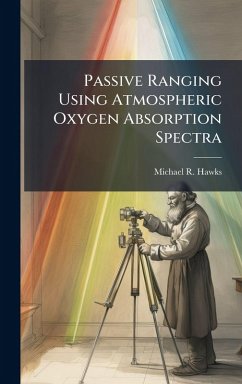
Nonmechanical Multizoom Telescope Design Using a Liquid Crystal Spatial Light Modulator and Focus-Correction Algorithm
Versandkostenfrei!
Versandfertig in über 4 Wochen
28,99 €
inkl. MwSt.
Weitere Ausgaben:

PAYBACK Punkte
14 °P sammeln!
Theoretical development and design of a compact nonmechanical multi-zoom telescope system is presented. A liquidcrystal spatial light modulator (LC SLM) enables selection of four seperate beam paths without the use of moving parts.Each path incurs a different focus aberration in the image plane that can be deconvolved with postprocessing to yieldfour possible corrected magnification options. To increase exibility, each region has a 40-wave subrange of focus. Opticalzooms of up to 10 times magnification are feasible and are limited only by system noise and signal to noise ratio.Elimination of m...
Theoretical development and design of a compact nonmechanical multi-zoom telescope system is presented. A liquidcrystal spatial light modulator (LC SLM) enables selection of four seperate beam paths without the use of moving parts.Each path incurs a different focus aberration in the image plane that can be deconvolved with postprocessing to yieldfour possible corrected magnification options. To increase exibility, each region has a 40-wave subrange of focus. Opticalzooms of up to 10 times magnification are feasible and are limited only by system noise and signal to noise ratio.Elimination of moving parts for focus could prove beneficial for sysems in which weight, volume, and power consumptionhave stringent requirements. The presented design can be constructed using all commercial off-the-shelf parts. This work has been selected by scholars as being culturally important, and is part of the knowledge base of civilization as we know it. This work was reproduced from the original artifact, and remains as true to the original work as possible. Therefore, you will see the original copyright references, library stamps (as most of these works have been housed in our most important libraries around the world), and other notations in the work. This work is in the public domain in the United States of America, and possibly other nations. Within the United States, you may freely copy and distribute this work, as no entity (individual or corporate) has a copyright on the body of the work. As a reproduction of a historical artifact, this work may contain missing or blurred pages, poor pictures, errant marks, etc. Scholars believe, and we concur, that this work is important enough to be preserved, reproduced, and made generally available to the public. We appreciate your support of the preservation process, and thank you for being an important part of keeping this knowledge alive and relevant.



